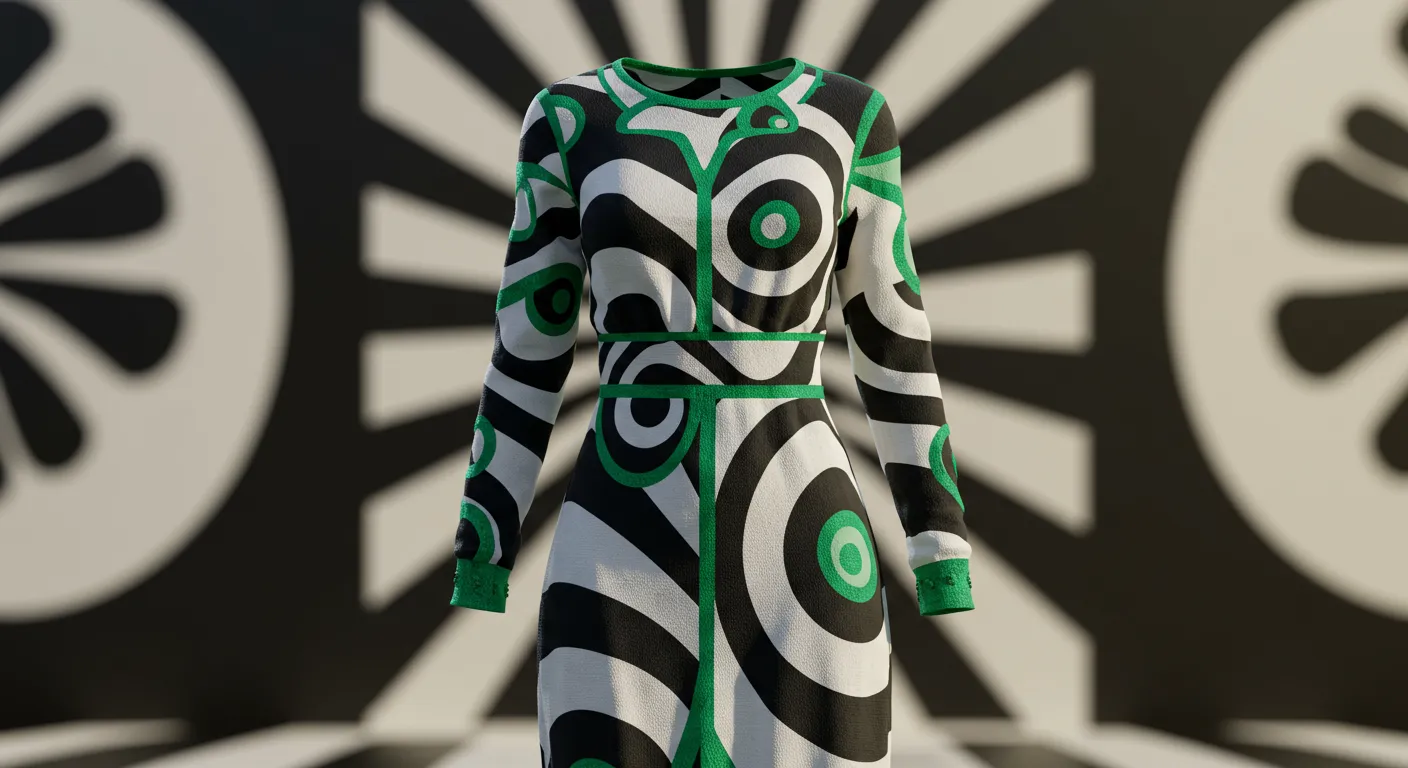The appearance of a robotic performer on the catwalk is more than just a spectacle—it's a provocative glimpse into a future where artificial intelligence and mechanical engineering seamlessly integrate with human creativity. Online commentators quickly dove into a rich discussion that stretched far beyond the runway, exploring the deeper implications of robotic development.
Some participants saw the moment as a harbinger of profound technological transformation. One commentator passionately argued that self-replicating machines could represent a revolutionary shift comparable to the invention of the assembly line—a potential game-changer that could fundamentally restructure manufacturing and economic systems.
However, not everyone was swept up in unbridled techno-optimism. Skeptical voices noted the significant challenges facing robotic innovation, pointing out the current limitations in self-repair, parts availability, and complex manufacturing processes. The Unitree robot's appearance, while impressive, is still very much a first-generation technology with considerable room for refinement.
The conversation quickly expanded beyond the immediate spectacle, with participants speculating about broader implications. Discussions ranged from the potential of robots on other planets to the intricate challenges of creating truly autonomous, self-constructing machines. The robot's runway debut became a metaphorical starting point for exploring humanity's complex relationship with emerging technologies.
Ultimately, the event highlighted a fascinating intersection of art, technology, and imagination. Whether viewed as a marketing stunt or a serious technological milestone, the Unitree G1's fashion show appearance has clearly struck a chord, prompting nuanced conversations about the role of robotics in our increasingly technologically mediated world.


